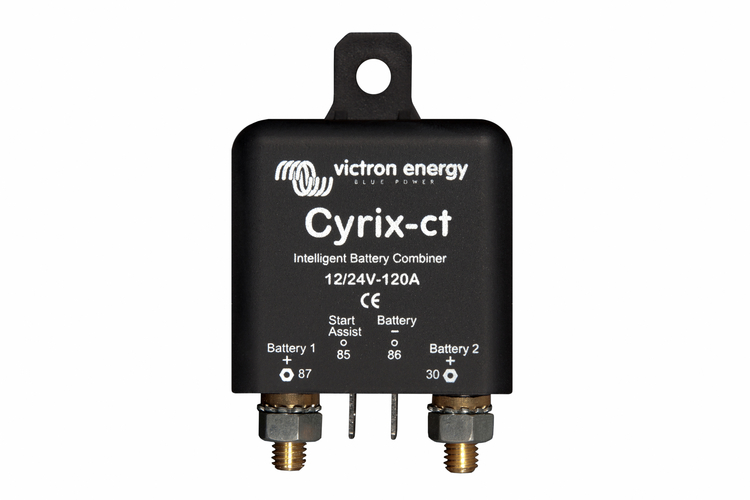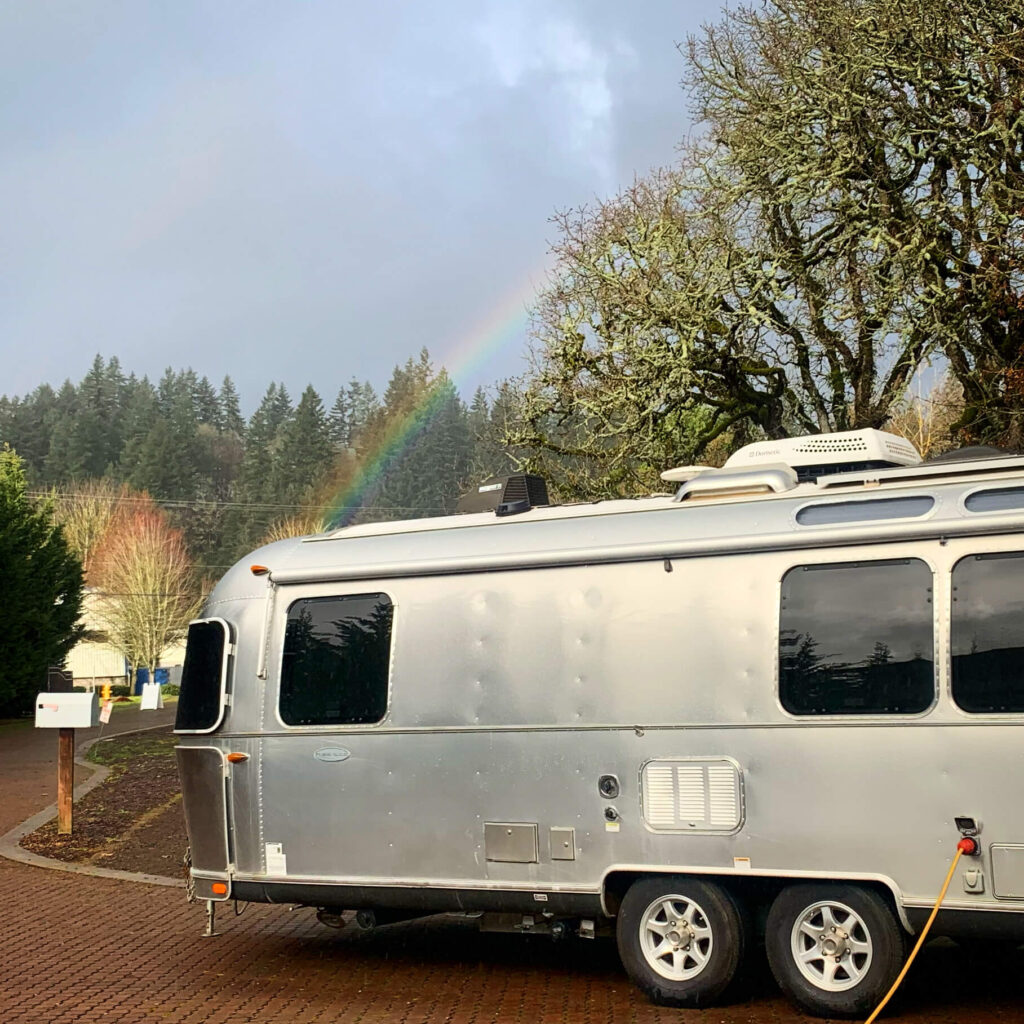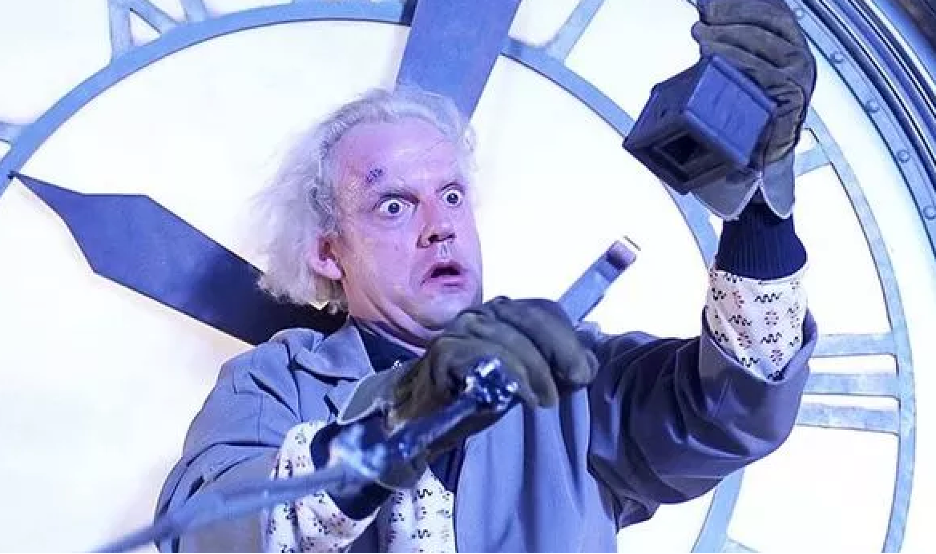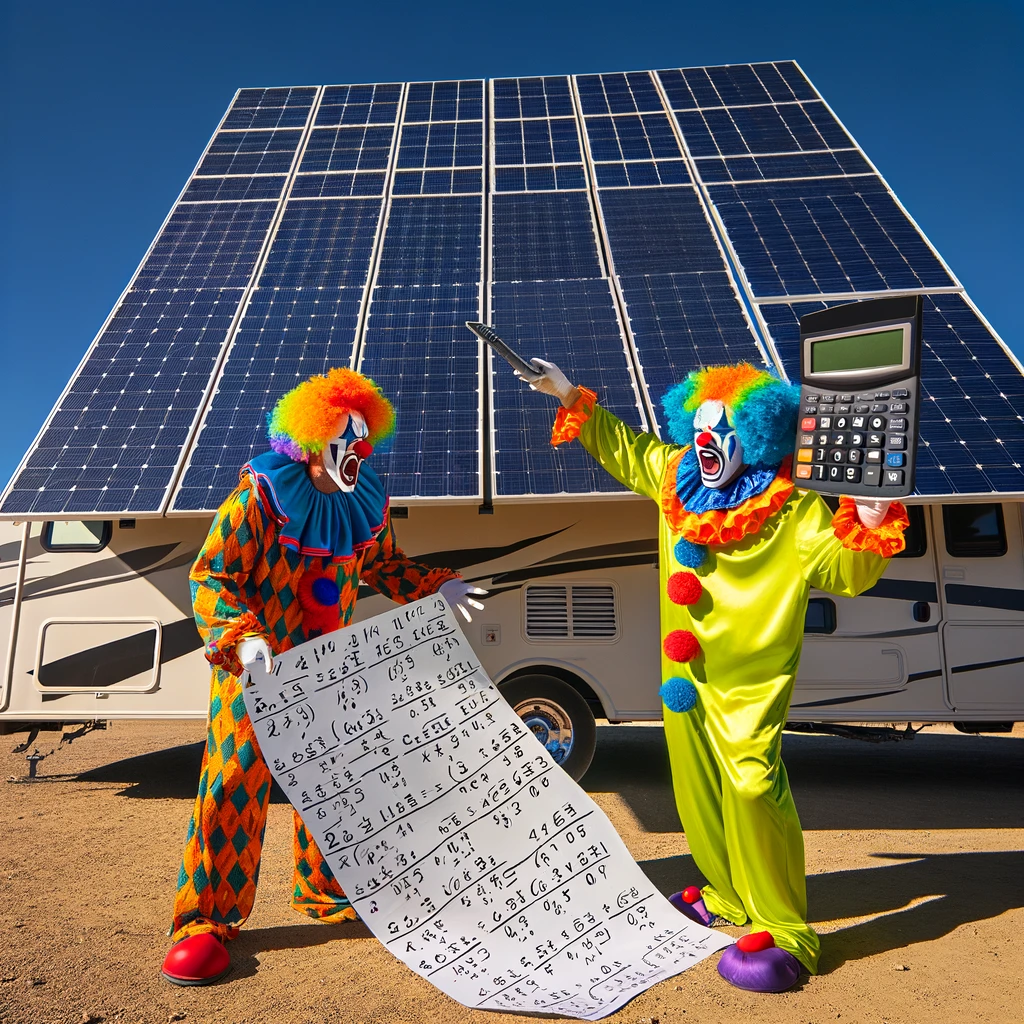WHAT THEY ARE:
DC/DC Charger
This device draws current from the starter battery/alternator and transforms it into three-stage charging for a house battery. The charger can step-up or step-down the input voltage to supply the house battery bank with whatever it needs depending on the battery chemistry. The charging profile can be programmed via Bluetooth. Because of the ability to regulate voltage, a DC/DC charger can charge a house battery bank up to 100% state of charge. A Victron Orion is rated for 30A of charging current. Multiple Orions can be paralleled for more current. The Orion comes in non-isolated and isolated models. Isolated models will work in all applications. Non-isolated models are not recommended for trailers.
Battery Combiner
This device is simply an ON/OFF switch controlled by a voltage sensor. When the combiner senses a charging voltage on either battery bank, it closes the connection between the two battery banks, allowing current to flow between them. There is nothing regulating the voltage or current flow between the battery banks. Because of this, a battery combiner will only be able to take house batteries up to about 80% state of charge, and the charge rate will be slow toward the end of the charging cycle. Different models of Victron Cyrix battery combiners have different settings for activation voltages and delays. Models also come in two current ratings, 120A and 230A. These ratings have nothing to do with limiting current, but rather how much current the device can handle before being damaged.
APPLICATION CONSIDERATIONS:
DC/DC Charger
These are more universally compatible, but their output is typically less than what you would get with a battery combiner. If someone has a 70A or less alternator, we do not recommend a DC/DC charger or a battery combiner, we recommend no alternator charging or a new alternator.
Chargers run hot. Sometimes 160 degrees F. Because of this, they should be mounted in well-ventilated areas, preferably against metal.
Battery Combiner
Because there is nothing to regulate the flow of current, these have the potential to allow weak alternators to be overwhelmed with lithium battery banks. As a rule of thumb, we don’t recommend these for any rig older than 2005 or with an alternator rated less than 160A.
Because of the high current, we don’t recommend installing these on any battery bank that can’t handle a steady charge rate of 150A. That works out to a minimum of three Battle Born batteries.
Rigs with a Mercedes chassis usually have a 40A limit for house battery charging mentioned in their warrantees. We don’t recommend battery combiners for these rigs, but hundreds of customers have chosen to use them, and we haven’t heard of any issues.
Battery combiners can’t be used with rigs that have regenerative braking or an alternator that will put out more than 14.4V.
PROS AND CONS
DC/DC Charger Pros
-
Capable of fully charging batteries – Because of this, we recommend them for lead-acid battery banks when there is no solar.
-
Limits current to 30A per unit – Because of this, we recommend them for Mercedes rigs, rigs that have a weak alternator, and rigs with small battery lithium battery banks that can’t handle a high current.
-
Bluetooth monitoring lets you know what is going on with the system, to a limited degree.
DC/DC Charger Cons
-
Limited to 30A per unit
-
Requires programming
-
Operates hot, sometimes 160 degrees F
-
No bi-directional charging
Battery Combiner Pros
-
High current capability
-
Bi-directional charging – This means that a solar charging system, or shore power connection, can be used to maintain a starter battery
-
Can be configured with a Boost start capability – This allows you to manually bypass the voltage sensor activation and start your ignition from your house battery bank.
Battery Combiner Cons
-
Only charges batteries up to about 80% State of Charge
-
Can lead to alternators being overworked
-
Not compatible with all alternator types (ones that put out more than 14.4V)
-
Voids some warranties
-
Requires a battery bank that can handle high current charging (at least 150A)
SUMMARY
If an application can use a battery combiner, we prefer it over the DC/DC charger because we feel the high current and bi-directional charging features outweigh the inability to get a battery past 80% state of charge. But, we probably sell more DC/DC chargers out of compatibility concerns. A DC/DC charger is the safer option if you are worried about your alternator.




